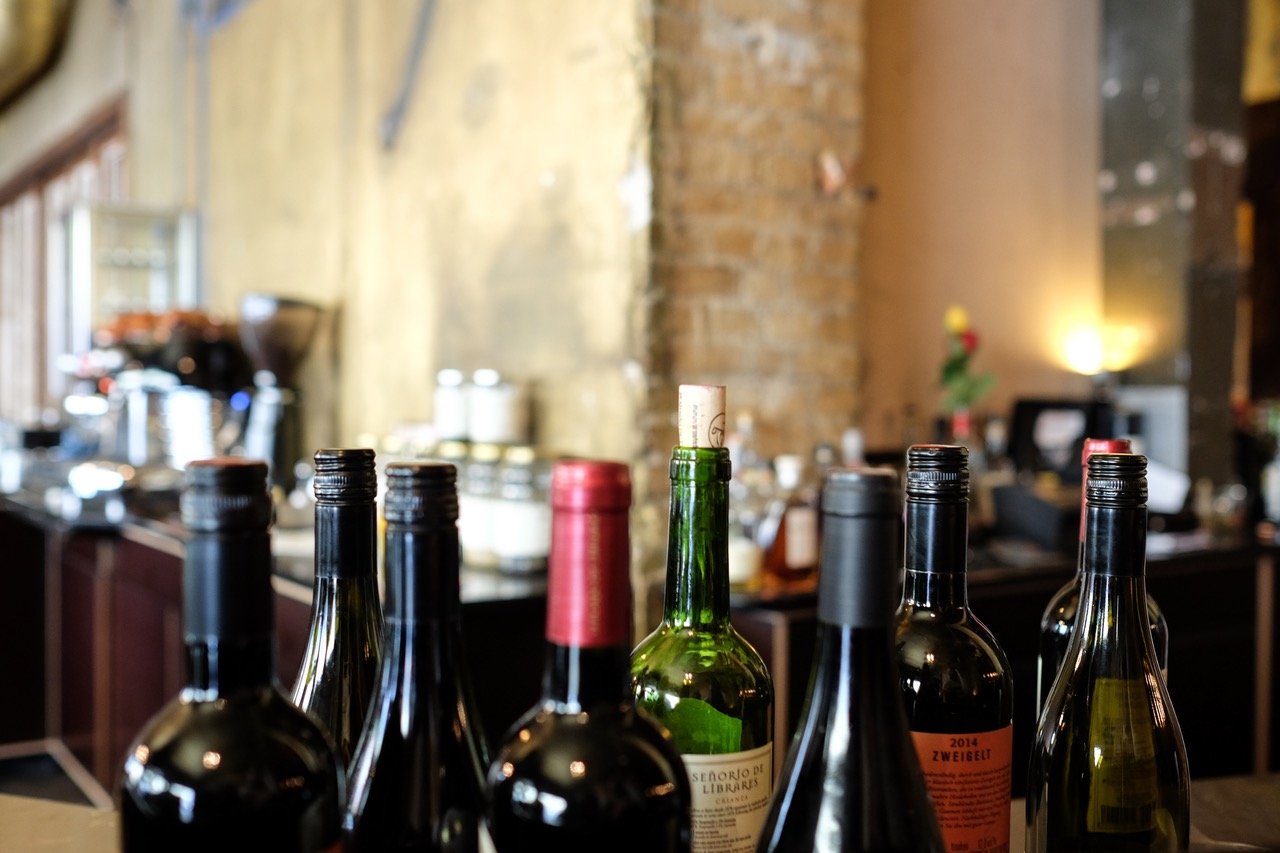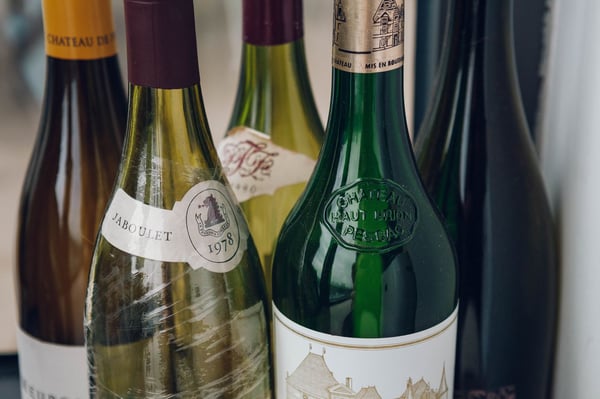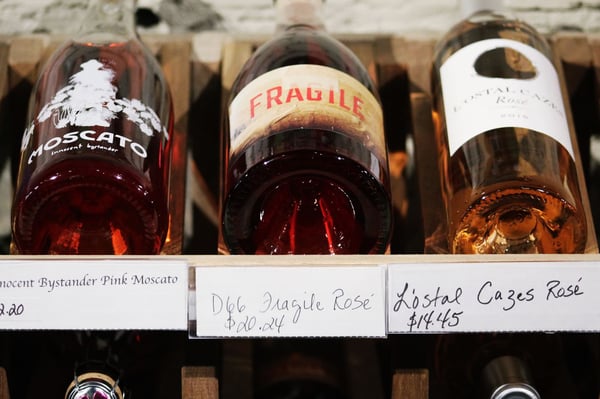This is the advice I give my friends every time they ask me ‘how do you select a good bottle of wine?’ The offer on the market is huge, so take the time to shop around.
Step #1: understand your preferences
Knowing what you like or dislike can help you to eliminate some choices. The wine can be fantastic, but if it does not match the ‘feng shui’ of your preferences, you will not like it.
Ask yourself the following questions?
- Do I like red wine or do I like white wine or do I like both?
- Do I like or dislike tannin? If you hate tannin, you can already eliminate wines made out of Cabernet Sauvignon, Nebbiolo, Sangiovese, Shiraz. Stay away from the bottles which mention those grapes or the wines from left bank Bordeaux (dominant in Cabernet Sauvignon), Barolo and Barbaresco, Chianti, Rosso and Brunello di Montalcino, Super Tuscans and Northern Rhone. You can drink instead wines made out of Pinot Noir, Merlot, Tempranillo, Grenache, Gamay, Malbec.
- Do I like or dislike wines with high acidity? If you hate high acidity, stay away from: Sauvignon Blanc, Chenin Blanc, Riesling in the white wine category or Nebbiolo, Cabernet Sauvignon, Gamay, Pinot Noir in the red wine category. Go for Viognier, Gewurtztraminer, Chardonnay in the white wine.
- Do I prefer wines with higher alcohol or do I like wines with lower alcohol content? If you don’t like high alcohol, than stay away from Italian wine and red wines made in warmer climates.
- Do I like aged wines or I prefer the ones that are more fruity and fresh? Aged wines aromas are an acquired taste. I always say it is like liking or hating to eat Stilton cheese or any other matured cheeses. If you like ageing aromas and complexity, look for an older bottle. It should be at least five years old. If you like fruity and fresh wines, look for something which is not older than two or three years.
- Do I like complex wines or do I like simple, easy drinking wines? If you like simple, easy drinking wines, than you have a wider selection. They are younger and less expensive. If you like complex wines, here you need to pay a little bit more and go for older wines and wines with oak influence.
- Do I like oak in white wines or prefer the unoaked ones? If you hate oak in white wines, stay away from white Burgundies (which are always with some oak influence), some New World Chardonnay and African Chenin Blanc.

Step #2: set your budget
There is no such thing as good cheap wine. If you want a good wine, you need to be mentally prepared to pay a higher price. And if you want good quality Français wine, be prepared to pay double the price of a similar quality from another country.
As a rule of thumb, if you want a good wine, be prepared to pay per bottle more than £15 for a white wine and more than £20 for a red wine. This is what I tell my friends when they ask me about.
Read more about the relationship between price and quality in wine. It’s not linear but generally well-made, higher quality wine will be more expensive.
Step #3: Are you pairing the wine with food?

Am I going to drink this wine on its own, or am I going to pair it with food?
If you want to drink the wine on its own, with some nibbles, go for the whites, fruity reds with less tannin or sparkling wine. If you are going to pair it with food, I would recommend the following basic principles.
- Match complexity of wine with the food: complex wine for complex food, simple wine for simple food
- Always have sweet wine with deserts
- Match the weight of the wine with the weight of the food. For a dish that is heavy, go for a higher alcohol, richer wine.
- Try to match the provenance of wine with the provenance of the dish (eg: Italian wine with Italian dishes, Spanish wines with Spanish dishes, etc.)
- If in doubt about the colour of the wine, go for the safer bet: white for white meat, red for red meat.
Step #4: why are you drinking wine?
I can make a parallel between wine and clothes. As we would dress up differently for different occasions, the same principle applies to wine. Hence, ask yourself the following questions:
- Is this a party wine or is it for my own family? If you are having a party, unless you are trying to impress with your wine knowledge, I would go for easier drinking, high quality wines. This way you are going to cover all palates. And of course, start with bubbles.
- Is this for me or as a gift to impress somebody? People tend to spend more money for wine gifts. If you are giving the wine as a gift, add at least £10 to the price of the bottle.
Step #5: buy wine from specialised shops
The majority of wine sold in supermarkets goes into the category of plonk. You can find some good and very good wine there, but the probability of finding something outstanding is quite low. And you need more wine knowledge.
My advice: go to a specialised wine shop or buy wine online. In the shop, tell the shop assistant what you like, your budget and what is the purpose of the wine. They would be very happy to give you recommendations.
There are plenty of wine shops with online presence. I like the ones which give me some information about the bottle and some tasting notes. I stay away from the ones which only present the bottle with no other information.
Step #6: be brave and adventurous

I have started the professional wine courses just because I wanted to be able to select for me, my friends and family, high quality wine and to strip out all the BS that there is out there. I think it is a little bit extreme to dedicate a couple of years of your life to study about wine if you only want to enjoy a bottle from time to time.
But, because I had to learn about wine, I had to taste and learn about a lot of grape varieties and wine styles which I have never dreamt of drinking or which I was dismissing completely out of pure ignorance. Being forced to be adventurous, I discovered new things that I adore and I also learned what I don’t like.
My advice is to go out of your comfort zone and try new regions and new wines every month. Taste them with food or without food. If you follow the budget rule, it is unlikely that you will be disappointed. You might discover something about yourselves and you will embark on a journey of new experiences.




